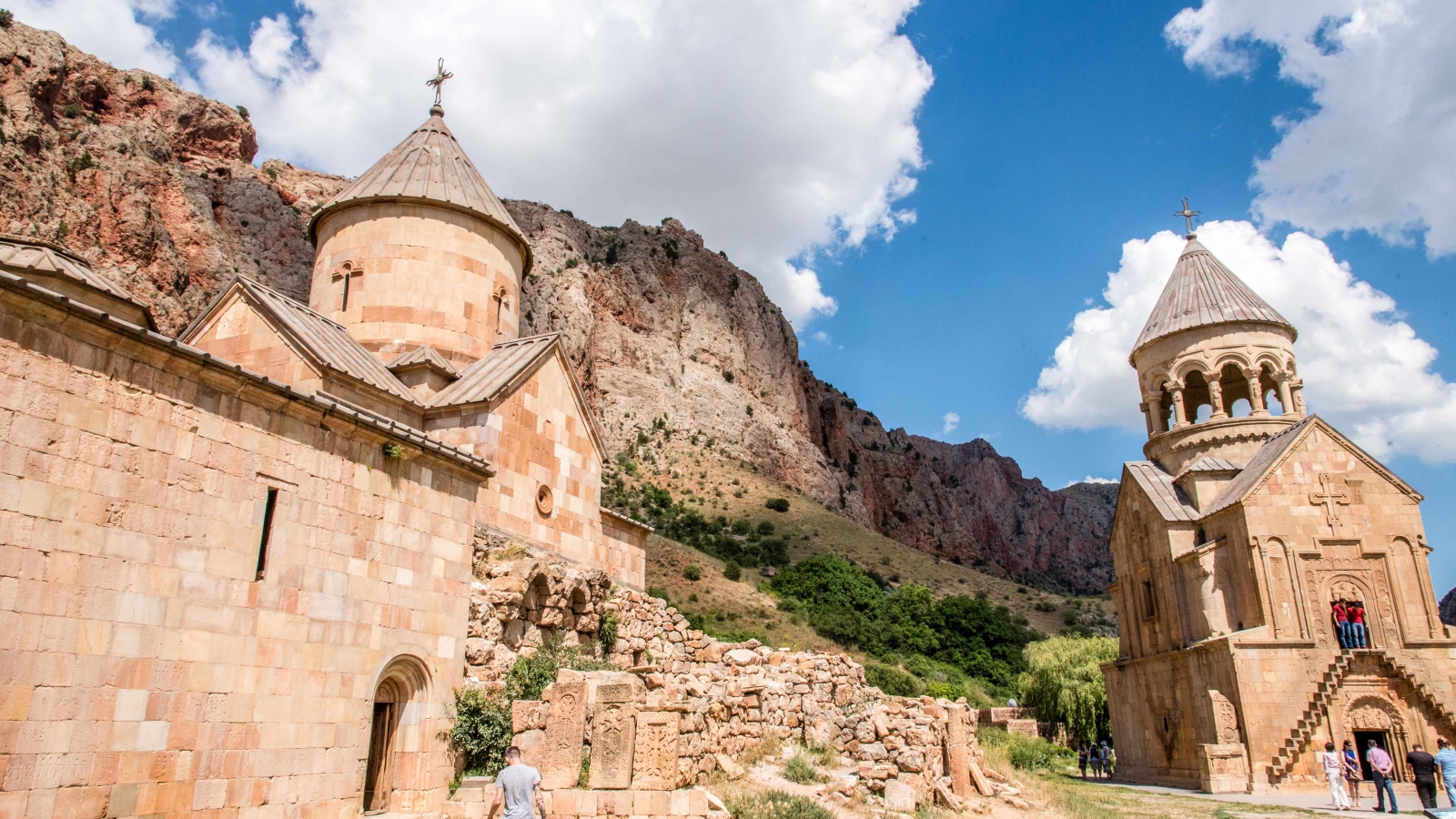A new feature story article on the EU Neighbours website focuses on how Armenia, its citizens and visitors to the country benefit from the EU-supported Black Sea Silk Road Corridor project. The article was written as part of the EU Neighbours East communication project.
The Black Sea Silk Road Corridor project brings together four countries – Greece, Turkey, Georgia and Armenia – in a common initiative to promote tourism, travel and shared culture. As a result, 192 historic cultural sites were marked with information panels, and support was given and expertise shared with local tourist operators. A web portal and five smartphone apps were also created to highlight sites on the trail, including GPS navigation and interactive maps, and multi-lingual, multi-media presentations of each site, all fully integrated into the most popular social networks.
The project also supported the creation of a business directory, which includes a comprehensive listing of tourism service providers at each site. According to the article, the directory contributes to the sustainable development of rural communities by putting visitors in touch with locals, improving income and empowering local communities to develop attractions and venues for future visitors, including sustainable, eco-friendly activities and improvements.
In the article, the owners of a guesthouse located close to some of the attractive tourist spots tell of how the project helped them acquire knowledge to optimise expenses, expand activities and provide tourist services of a much higher quality. A project manager in Armenia, Bella Karapetyan, also explains how the project helped develop tourism in the region, enhance cross-border cooperation and build strong networks with partners in the neighbouring countries of Turkey and Georgia.

























































